Traditional on-premises phone systems have serious problems with flexibility, scalability, and manageability. However, when it comes time to replace a legacy system, it’s often cost that poses the most significant hurdle. A new on-site phone system not only has hardware costs, but also many hidden expenses that can total up to tens of thousands of dollars. For this reason, many businesses are seeking significant savings by moving to a cloud phone system.With traditional on-premises system, hardware is obviously the largest expense. However, there are many additional costs that may not be apparent at first, but quickly add up. These hidden costs include installation of equipment, replacement and maintenance, licensing, connectivity, and third-party services such as conferencing. For businesses that have multiple offices, there may also be a need to securely connect these locations for frequent communications. On top of these expenses, on-premises systems offer little in the way of future proofing, which means there will likely be further costs due to the need to add new features as they become available.
In contrast, a cloud phone system completely changes the cost structure by eliminating many of these hidden costs. Installation is simplified both by having the system hosted in the cloud and by the free professional on-site setup and testing of phones offered by leading vendors. Additionally, businesses using a cloud phone system don’t have to worry about updates and maintenance as the service provider handles these tasks in the cloud. The management of systems, even across multiple locations, becomes easier thanks to an intuitive web portal that allows IT staff to quickly make changes without committing a large chunk of time to administrating the system.
Further savings are achieved due to the flexibility of cloud phone systems. Whereas an on-premises solution locks businesses into fixed hardware and requires additional costs to bolt on additional services, a cloud solution is continuously updated and much easier to integrate with new functionality. Rather than pay for standalone services, a cloud solution can bring everything together under one service. This includes the tools needed to support an increasingly mobile workforce, such as smartphone apps, conferencing, and video calling.
While the exact amount saved by moving to the cloud varies, companies can see savings of 30% to 70% or even higher. Large enterprises with multiple locations that each have their own hardware can potentially save hundreds of thousands of dollars by moving to the cloud. There are also other benefits such as improved collaboration and productivity among employees and fewer distractions for IT staff. When all these cost savings and business advantages are considered, it is easy to explain why companies are rapidly adopting cloud phone systems.
















